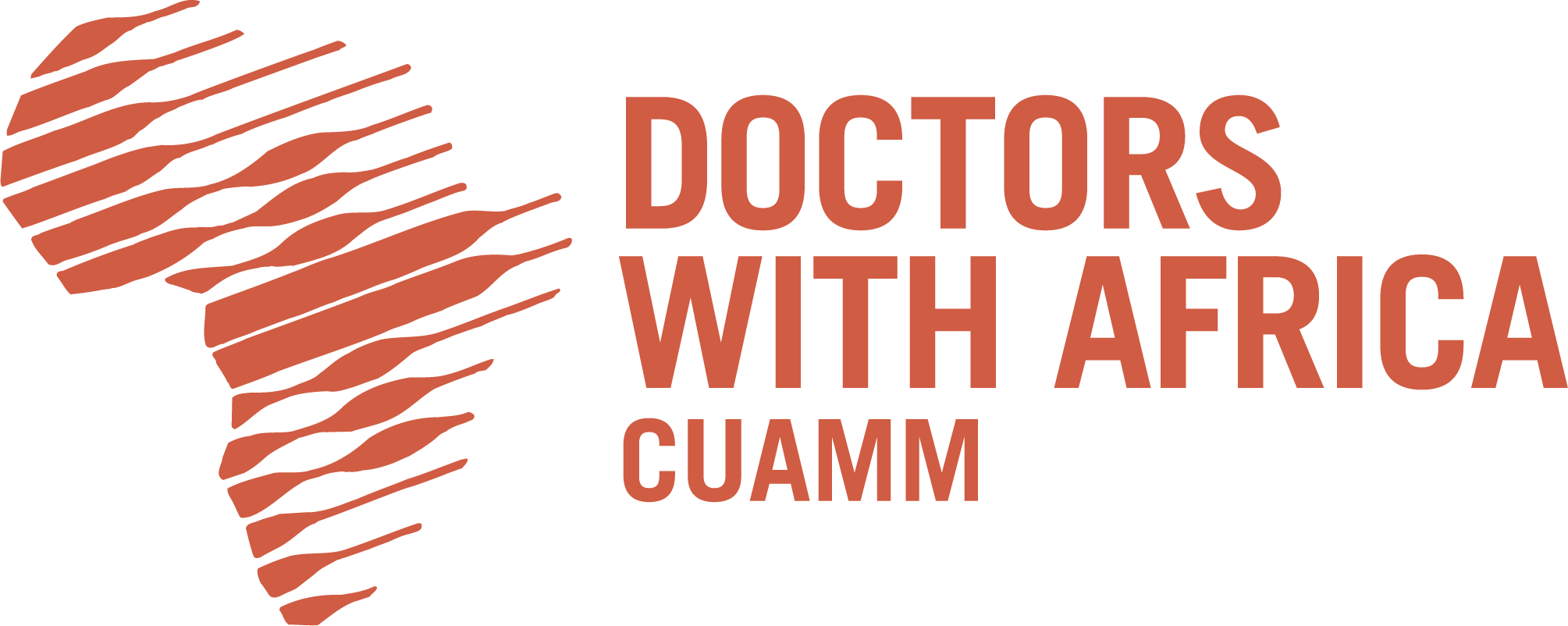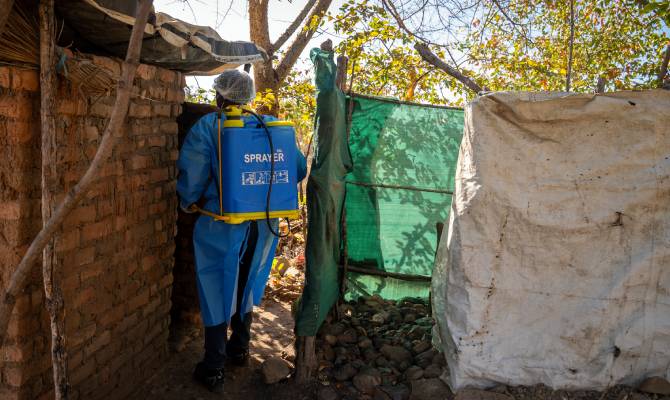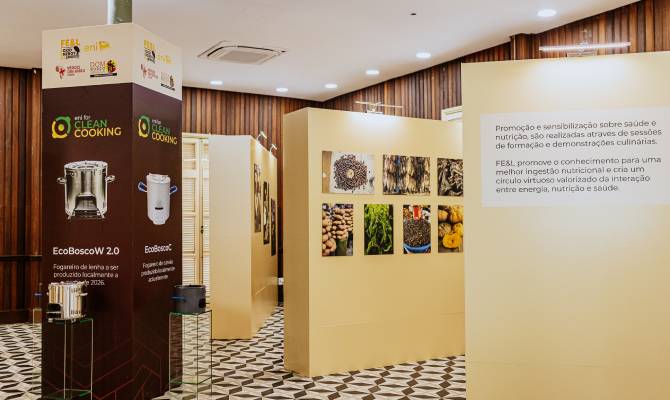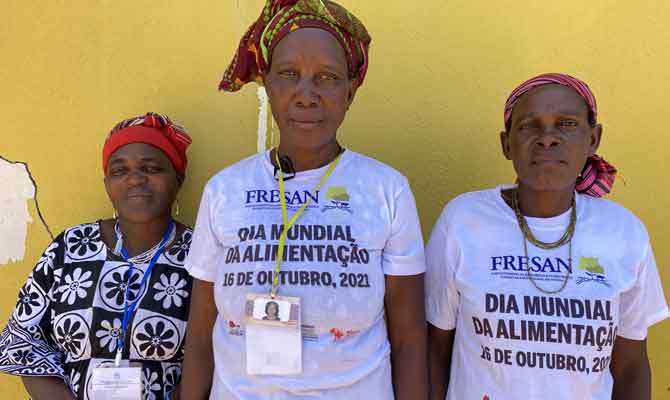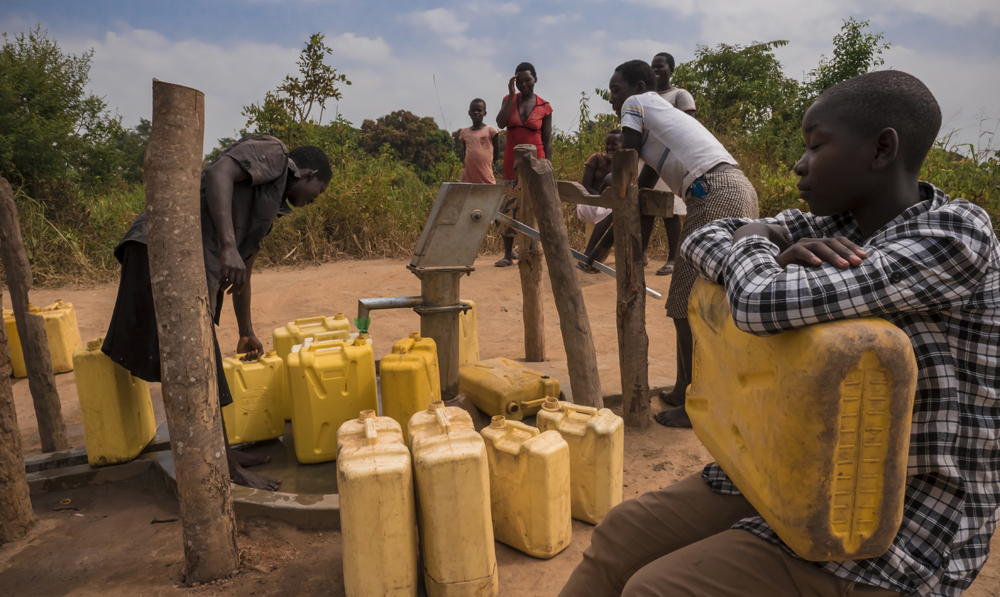Following the first cholera cases recorded early this year, on January 7th the Angolan Ministry of Health officially declared a cholera outbreak. The Country is currently facing one of the most serious cholera outbreaks in decades. As of May 21, more than 21,000 cases and almost 700 deaths have been recorded in 18 of the country’s 21 provinces (WHO, May 2025) being Luanda and Bengo those most severely affected.
The situation is particularly serious in Luanda province, where the lack of clean water, hygiene, and basic sanitation has accelerated the spread of the disease. Entire families are at risk, with no access to adequate means to treat water—and many without even understanding the risks and origin of the disease. The most affected age group is children between 2 and 5 years old, followed by the 10 to 14 age group.
In response to this public health threat, Doctors with Africa CUAMM in collaboration with UNICEF is delivering a emergency response to contain the outbreak and reduce transmission within communities, especially among vulnerable populations. The intervention, financed by the European Union aims to support the Ministry of Health in ending cholera epidemic thus contributing to reduce the case fatality rate.
“For the first time in the country, we are implementing the rapid response methodology known as CATI (Case Area Targeted Intervention), which involves the deployment of a mobile team to carry out disinfection, water chlorination, residual chlorine testing in drinking water, and health education, while establishing a sanitary cordon around the household of the confirmed case. This is complemented by a large-scale outreach effort aimed at raising awareness and reducing risk factors in the city’s bairros, while trained teams conduct disinfection activities and disseminate chlorine in public water sources.” said Edoardo Occa, CUAMM anthropologist and community health expert
As part of the CATI strategy, CUAMM is committed to delivering WASH and Infection Prevention and Control (IPC) activities and Risk Communication and Community Engagement (RCCE) intervention in 12 municipalities in Luanda province over the next three-months. A grassroot intervention that by combining community-based and IPC activities enhances the effectiveness of the response. While IPC focuses on reducing transmission in healthcare settings and at the household level, community interventions extend this impact across the broader population through awareness, behavior change, and local engagement. This integrated approach ensures faster case detection, wider adoption of safe practices, and addresses the environmental and social factors that drive transmission. Crucially, it also fosters trust and community ownership, which are essential for both immediate outbreak control and longer-term resilience against future epidemics.
WASH and Infection Prevention and Control (IPC)
Improving access to safe water is crucial in cholera outbreak control. A bucket chlorination strategy is being rolled out to cover hundreds of community water points —including private water tanks, water transporters (tricycles), community wells, and public fountains. Owners and operators of these points, selected by the communities, are being trained by CUAMM in proper chlorination techniques and mobilized to sustain treatment practices during and beyond the outbreak.
In addition to this, CUAMM is ensuring a proper organisation and distribution plan of the chlorination kits and providing logistical and technical support to municipal surveillance teams by ensuring they have vehicles and proper equipment to conduct the targeted household interventions package within a maximum of 48 h—including active search of cases, household disinfection, and RCCE in cases households and immediate neighbors. Visits to family are moreover an additional opportunity for the teams to identify water sources used by the cases households and the water sources most used by the neighbors of the cases houses and train the owners or managers of these water points to do bucket chlorination.
As part of the emergency response, CUAMM in collaboration with UNICEF has also invested in prevention, community mobilization, and volunteer training to ensure that information and solutions reach those who need them most. In times of health emergency, information is one of the most powerful weapons. Through awareness campaigns, CUAMM and UNICEF are working closely with community leaders, teachers, and health agents to ensure that messages on prevention, control and treatment reach everyone.
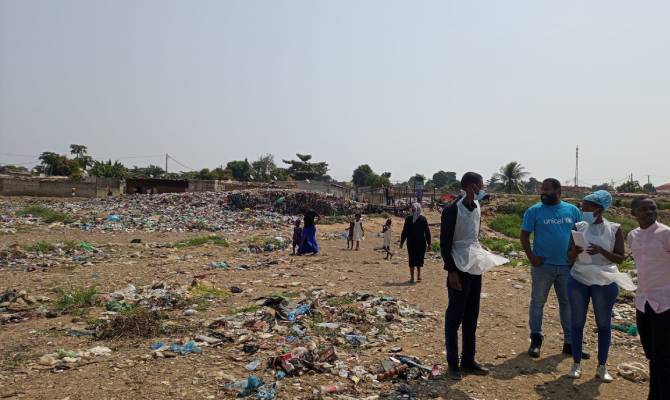
Risk Communication and Community Engagement (RCCE)
Community mobilization is being done through trained mobilizers from targeted municipalities supported by a CUAMM team leader. They are in charge of leading interactive dialogues with affected populations at specific and selected central and public gathering sites. These mobilizers are trained to demonstrate water treatment methods and the preparation of standard rehydration solutions (SRO) at Oral Rehydration Points (ORPs), and within communities.
Community engagement is paramount not only to deliver effective response but also to promote ownership within communities. Through continuous education and awareness work, they have promoted changes in hygiene habits and water treatment practices. Moreover, by involving the residents themselves in the process, they have strengthened the sense of responsibility and encouraged the population to tackle this public health issue more effectively.
